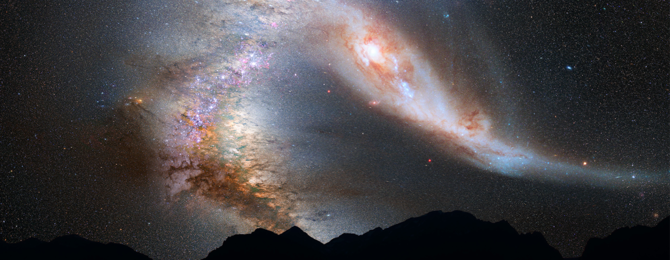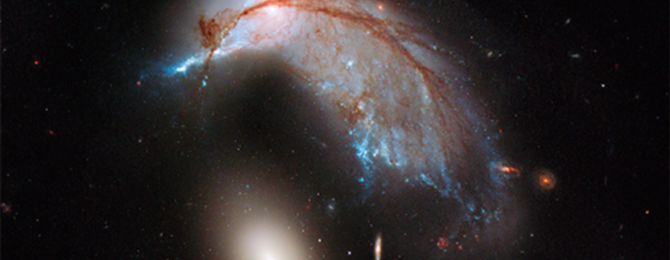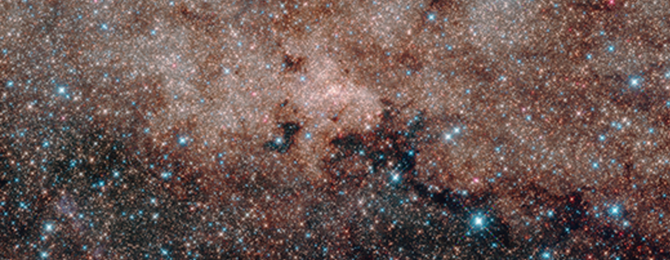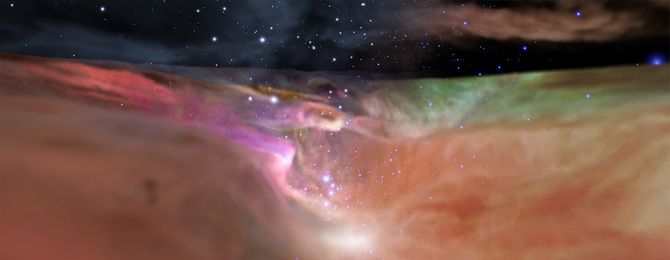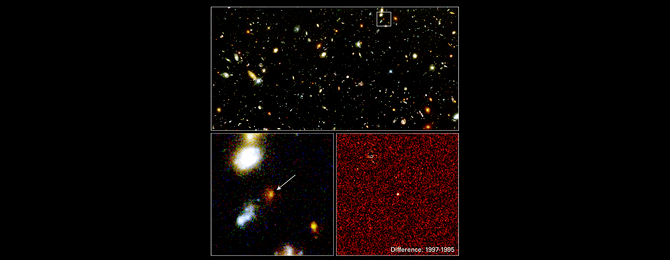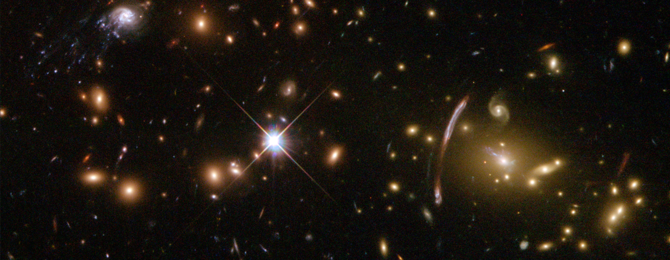Robby
Helper Bot
Hubble Pinpoints Farthest Protocluster of Galaxies Ever Seen

NASA's Hubble Space Telescope has uncovered a cluster of galaxies in the initial stages of construction – the most distant such grouping ever observed in the early universe.
In a random sky survey made in near-infrared light, Hubble spied five tiny galaxies clustered together 13.1 billion light-years away. They are among the brightest galaxies at that epoch and very young, existing just 600 million years after the universe's birth in the big bang.
(More at HubbleSite.com)

NASA's Hubble Space Telescope has uncovered a cluster of galaxies in the initial stages of construction – the most distant such grouping ever observed in the early universe.
In a random sky survey made in near-infrared light, Hubble spied five tiny galaxies clustered together 13.1 billion light-years away. They are among the brightest galaxies at that epoch and very young, existing just 600 million years after the universe's birth in the big bang.
(More at HubbleSite.com)

